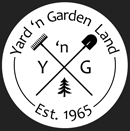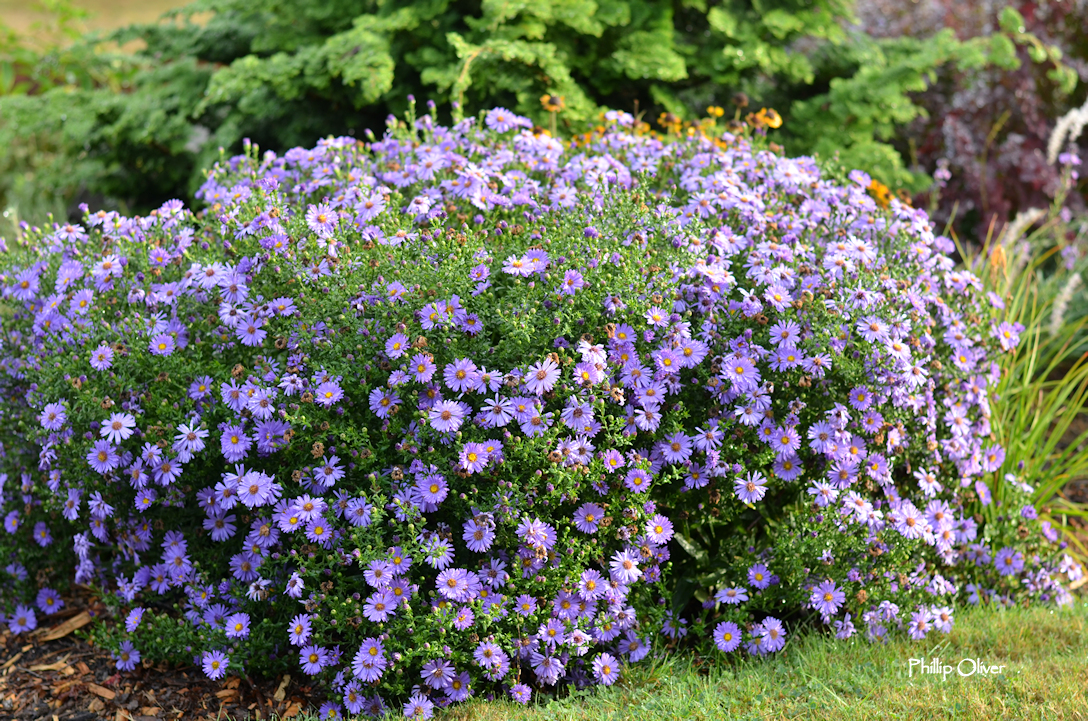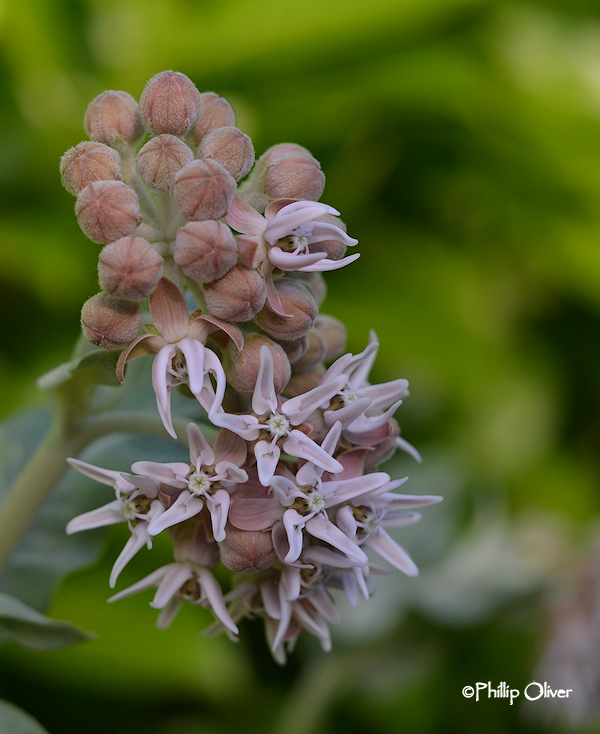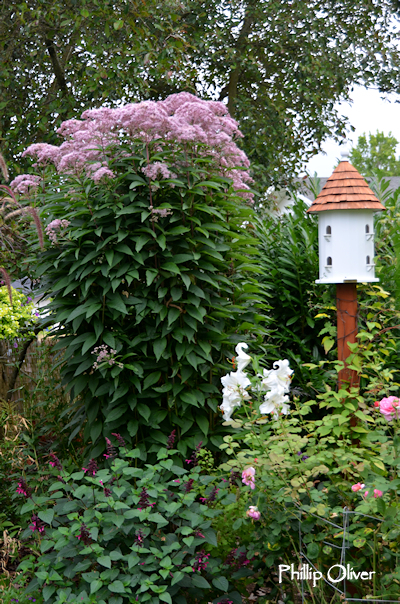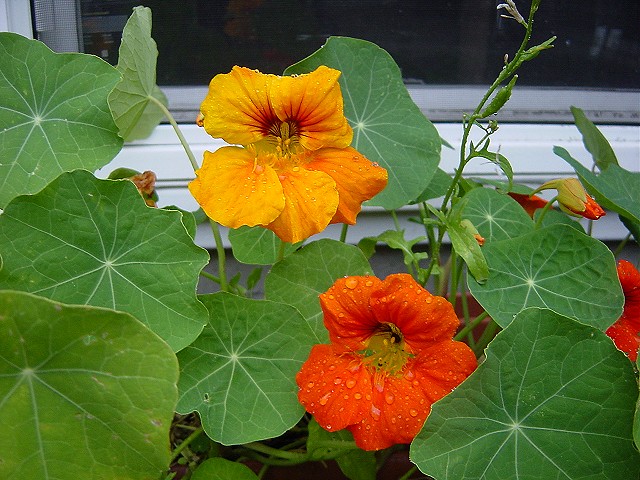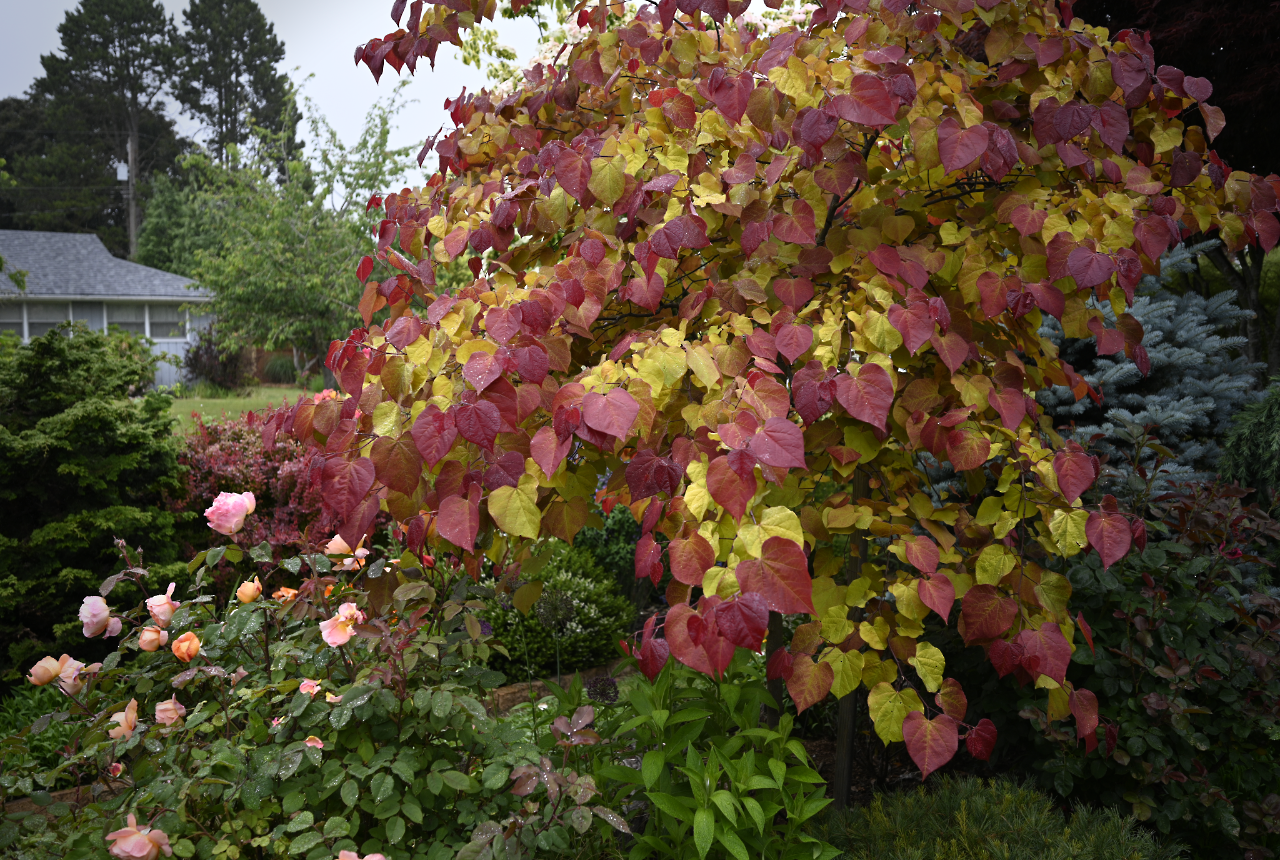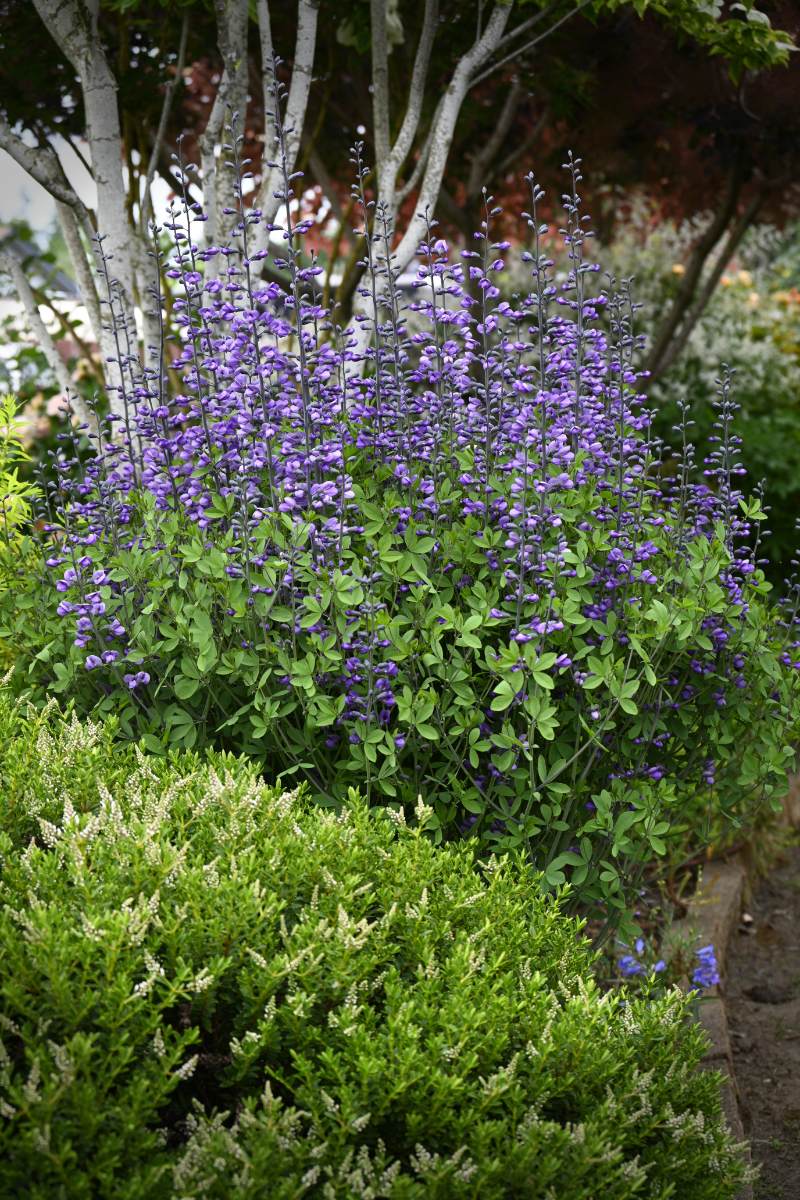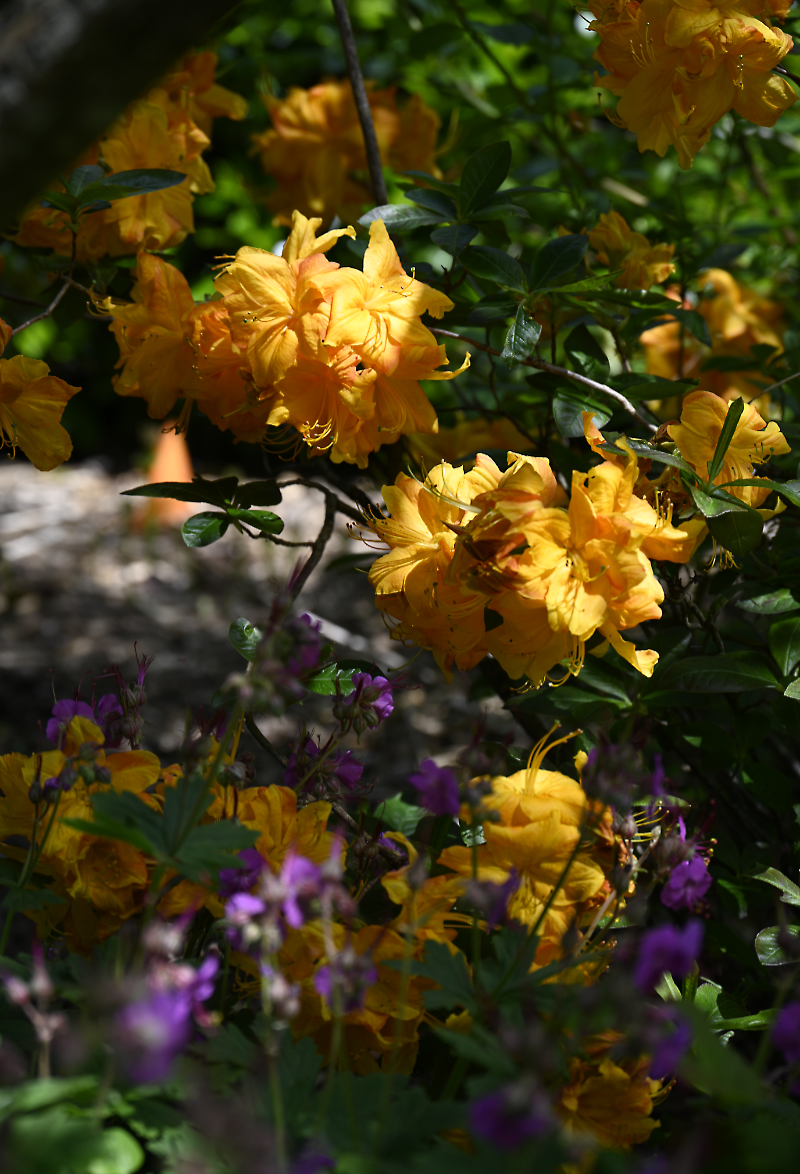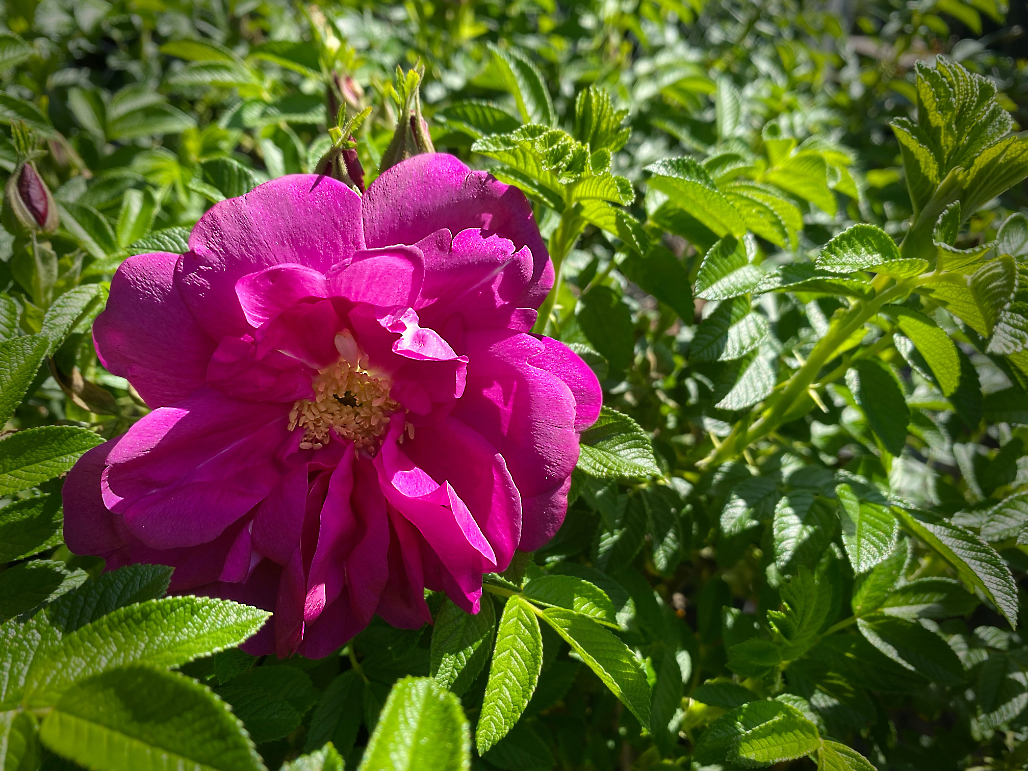Pollinator Plants
June 20-26th is Pollinator Week.
Dwindling populations of butterflies, bees and other insects is becoming more commonplace due to several factors. Climate change, habitat loss and the use of pesticides are major contributors. If you garden, you are probably already lending a helping hand but you can do even more by growing plants that feed pollinators. The following is a list of annuals and perennials that are beneficial to these insects.
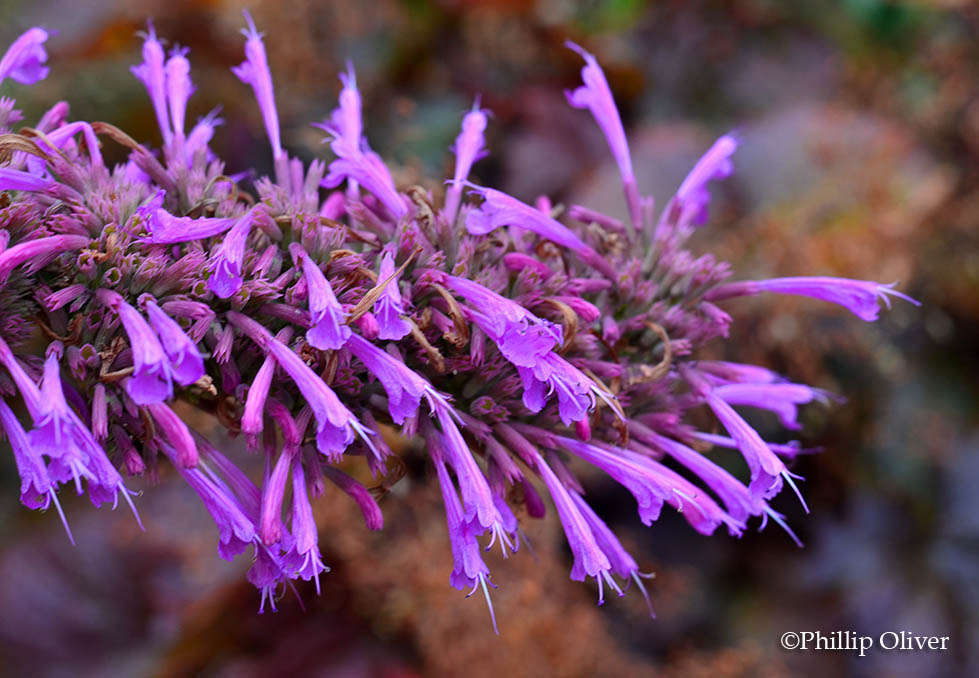
Agastache (Hyssop) is a favorite food source for honeybees who love the densely packed tubular flowers.
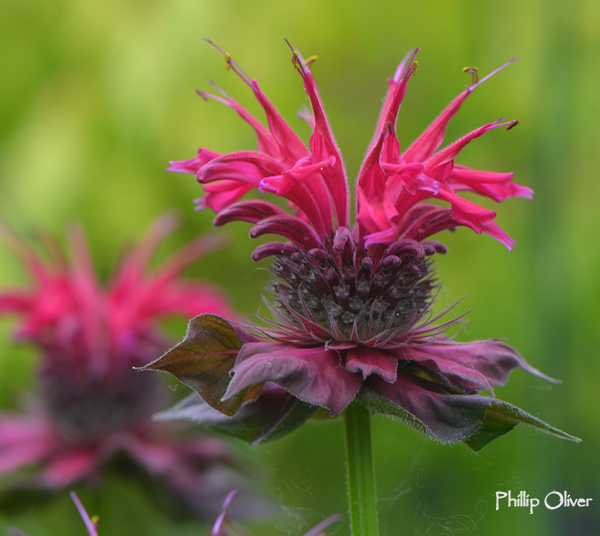
Monarda (Bee Balm) – The showy and colorful flowers are popular with hummingbirds, bees and butterflies.

Cosmos (Cosmos bipinnatus) – this easy-to-grow annual thrives in poor soils and can be grown from seeds. Blooming throughout the summer months, they attract birds, bees, and butterflies to your garden.
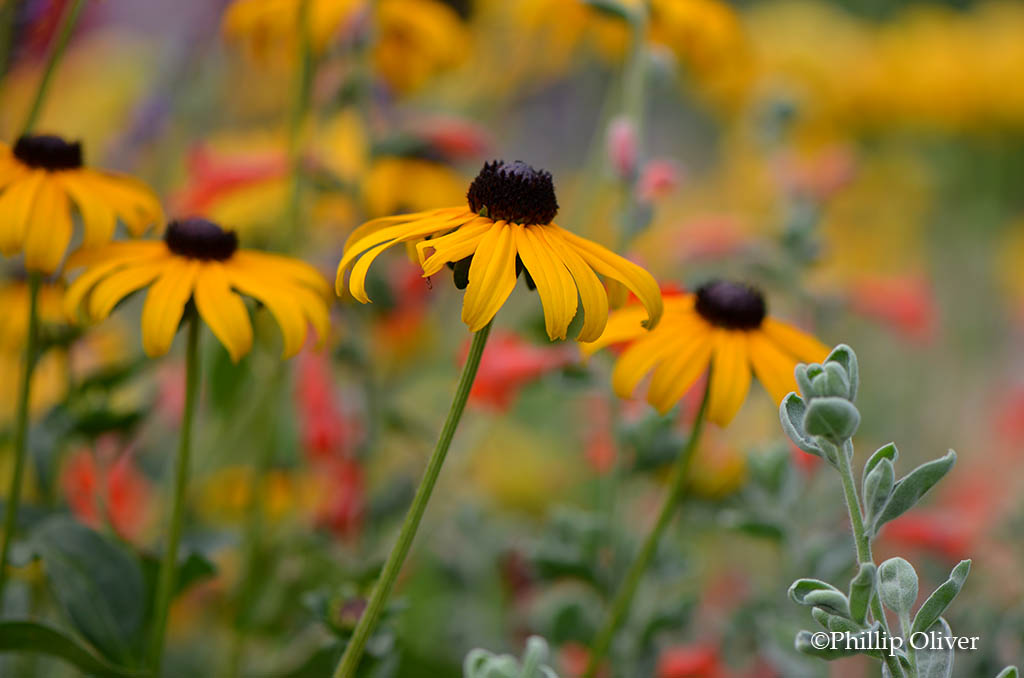
Black Eyed Susan (Rudbeckia) – This plant was popular with Native Americans as a medicinal herb. Blooming from June through October, their flowers provide bees with food well into the fall.
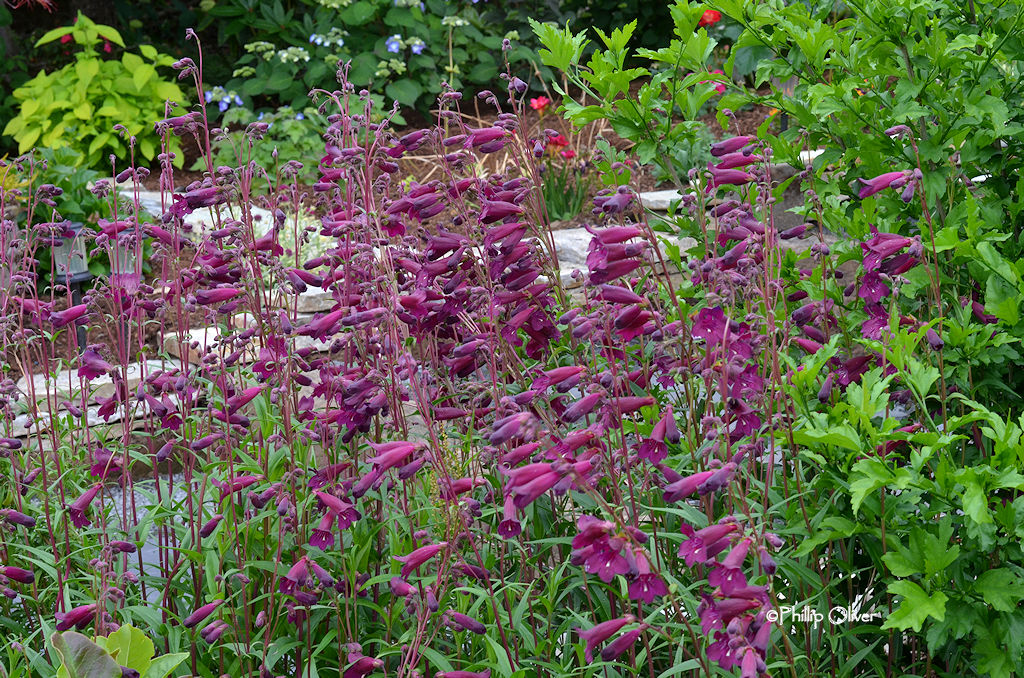
Penstemon – A large species of perennials with flower colors in pink, red, white, purple, and (rarely) yellow. Seeds attract songbirds.
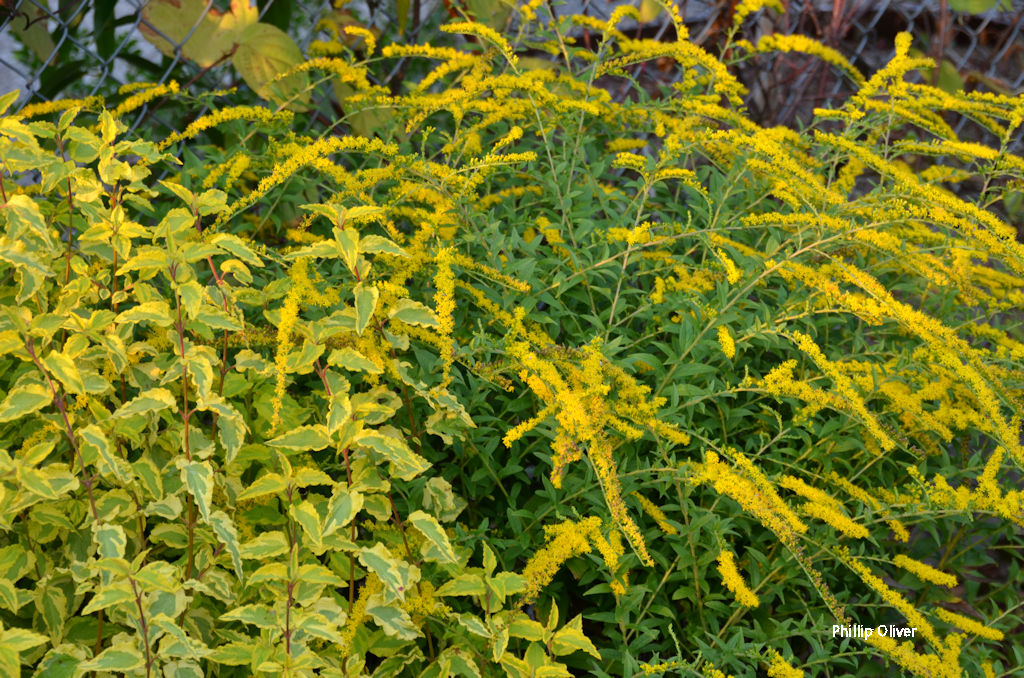
Solidago (Goldenrod) – A perennial in the aster family that bloom in late summer and into fall. Very easy to grow in average or poor soils. Very drought tolerant.
Nasturtium (Tropaeolum majus) – This fast-growing trailing plant is a favorite in the vegetable and herb garden where its long-lasting blooms. Photo credit: Satrina0 on VisualHunt.com
Other pollinator-friendly plants include:
- Achillea (Yarrow)
- Ageratum
- Allium
- Baptisia (False Indigo)
- Calendula
- Cleome (Spider Flower)
- Coreopsis (Tickseed)
- Echinacea (Coneflower)
- Eryngium (Sea Holly)
- Gaillardia (Blanket Flower)
- Geranium
- Helianthus (Sunflower)
- Hibiscus
- Lantana
- Lavender
- Leucanthemum (Shasta Daisy)
- Liatris
- Lobelia (Cardinal Flower)
- Lupine
- Marigold
- Nepeta (Catmint)
- Phlox
- Salvia
- Sedum
- Verbena
- Zinnia
(Photos by Phillip Oliver unless otherwise noted)
